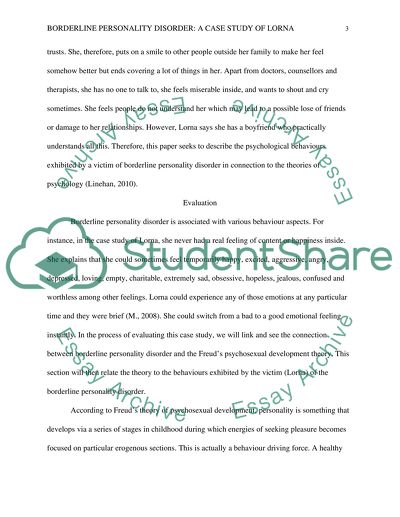Cite this document
(“Borderline Pesonality Disorder: Case Study of Lorna Essay”, n.d.)
Borderline Pesonality Disorder: Case Study of Lorna Essay. Retrieved from https://studentshare.org/psychology/1447096-case-study-report
Borderline Pesonality Disorder: Case Study of Lorna Essay. Retrieved from https://studentshare.org/psychology/1447096-case-study-report
(Borderline Pesonality Disorder: Case Study of Lorna Essay)
Borderline Pesonality Disorder: Case Study of Lorna Essay. https://studentshare.org/psychology/1447096-case-study-report.
Borderline Pesonality Disorder: Case Study of Lorna Essay. https://studentshare.org/psychology/1447096-case-study-report.
“Borderline Pesonality Disorder: Case Study of Lorna Essay”, n.d. https://studentshare.org/psychology/1447096-case-study-report.


